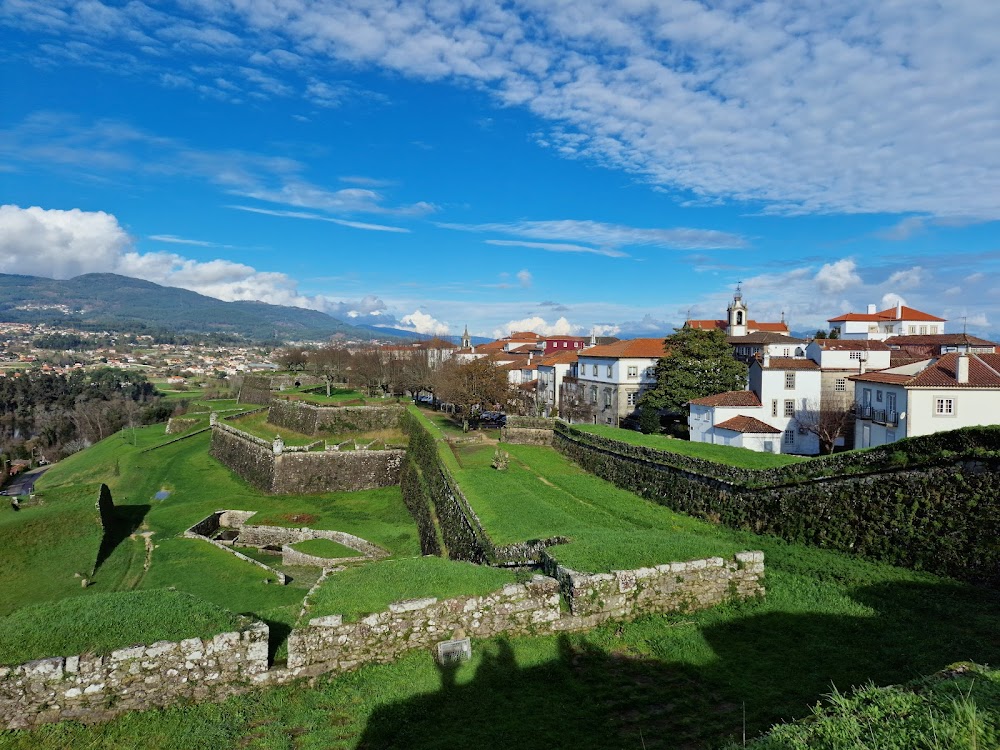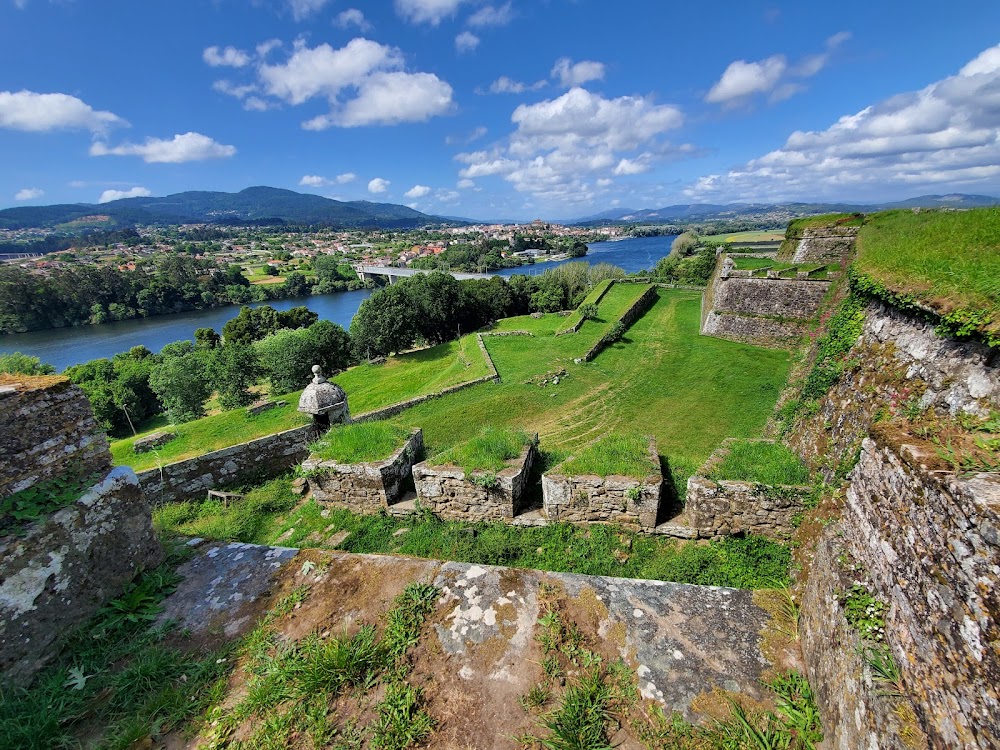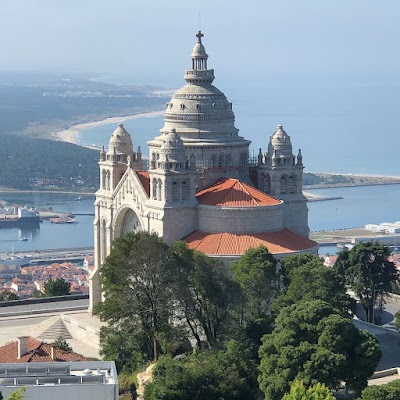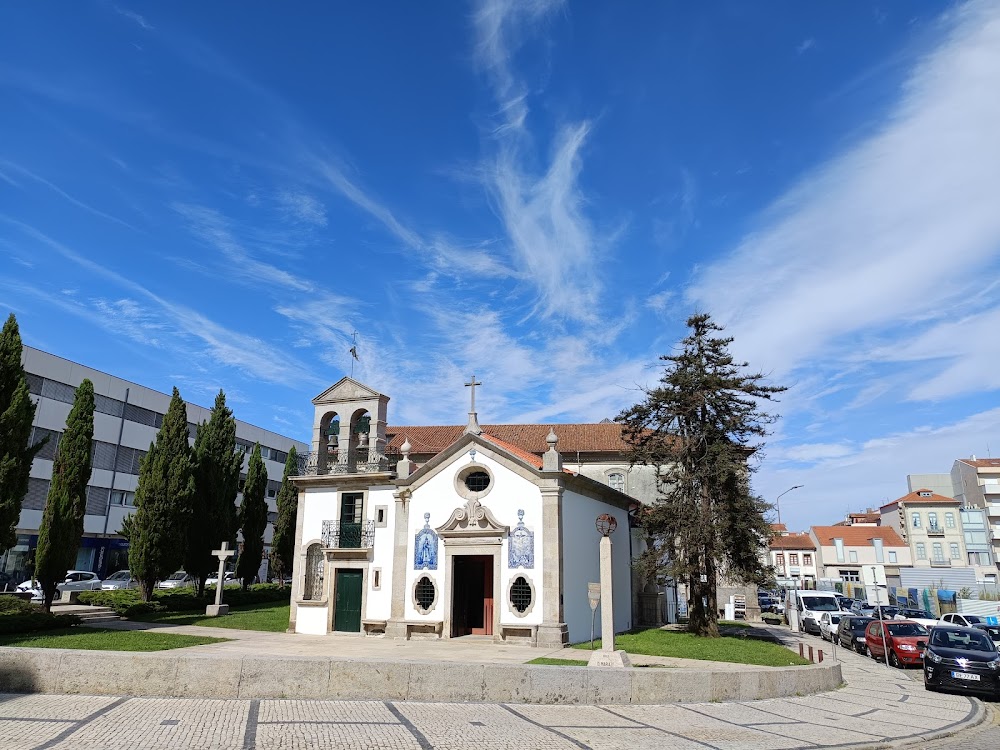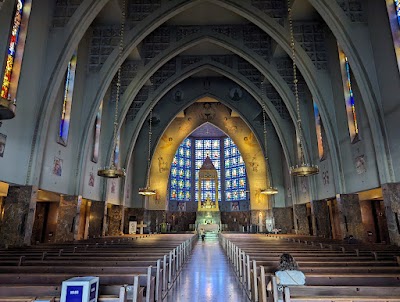Fortress of Valença (Fortaleza de Valença)
Overview
The Fortaleza de Valença, commonly known as the Fortress of Valença, is an awe-inspiring military structure nestled in the city of Valença, Portugal—not to be confused with Viana do Castelo. This magnificent fortress stands as a testament to the region's military engineering capabilities and its strategic significance throughout history.
Construction of the fortress primarily took place during the 17th and 18th centuries, although its roots stretch back even further. The earliest fortifications are believed to have been erected in the 13th century under the directive of King Sancho I of Portugal, aimed at shielding the northern border from potential invasions by Spain. Its prime location along the Minho River made it a pivotal point of defense.
The need for stronger defenses became evident during the War of Restoration (1640-1668), a conflict that led to Portugal reclaiming its independence from Spain. This prompted significant improvements and expansions of the fortress under Kings John IV and Afonso VI, enhancing its fortifications to withstand artillery attacks.
A key figure in the fortress's development was the Marquis of Marialva, a renowned Portuguese military engineer. He integrated the latest advancements in military architecture of the time, adopting the revolutionary star fort design. This geometric layout featured angled bastions that improved the fortress's resilience against artillery fire and allowed for overlapping fields of fire, making it a formidable stronghold.
The fortress boasts a double system of walls and bastions, creating two layers of defense. The outer walls enclose the New Town, while the inner walls protect the historic Old Town. Visitors can wander through streets lined with traditional houses, shops, and churches, offering a glimpse into the life of those who once inhabited this fortified enclave.
Constructed from granite, a material chosen for its exceptional durability, the fortress's imposing walls have withstood the tests of time. The exceptional craftsmanship ensures that these massive stone structures remain largely intact. Inside, the fortress features a blend of military installations, barracks, ammunition depots, and civilian buildings.
You’ll enter the fortress through the Porta do Sol (Sun Gate), which showcases its impressive defensive design. Flanked by thick walls and strategic positions, this entrance presents a formidable challenge to any would-be attackers.
A fascinating aspect of the Fortress of Valença is its intricate tunnel system, which allowed soldiers to move stealthily and swiftly throughout the fortress. This strategic feature provided a significant advantage during sieges and battles, enabling quick responses to threats.
Beyond its military significance, the Fortress of Valença has also been a vibrant hub for cultural and economic life. Over the centuries, it has hosted bustling markets and trade activities within its walls. Today, it continues to attract visitors eager to marvel at its architecture and historical importance.
The preservation of the Fortress of Valença has been remarkable. Despite the evolution of warfare and the passage of time, it remains a vital cultural and historical monument, having been classified as a National Monument in 1928 to ensure its protection and ongoing maintenance.
Currently, the fortress is open to the public, offering breathtaking panoramic views of the scenic Minho River and the Spanish city of Tui across the water. It stands proudly as a reminder of Portugal's rich history and its enduring spirit of defense and resilience.
Visitors can stroll through the ancient streets, explore the imposing bastions, and envision the lives of soldiers and civilians who once sought refuge within its protective walls. The Fortress of Valença is not merely a relic of the past; it is a thriving historical site that continues to captivate and inspire all who venture to its storied grounds.


